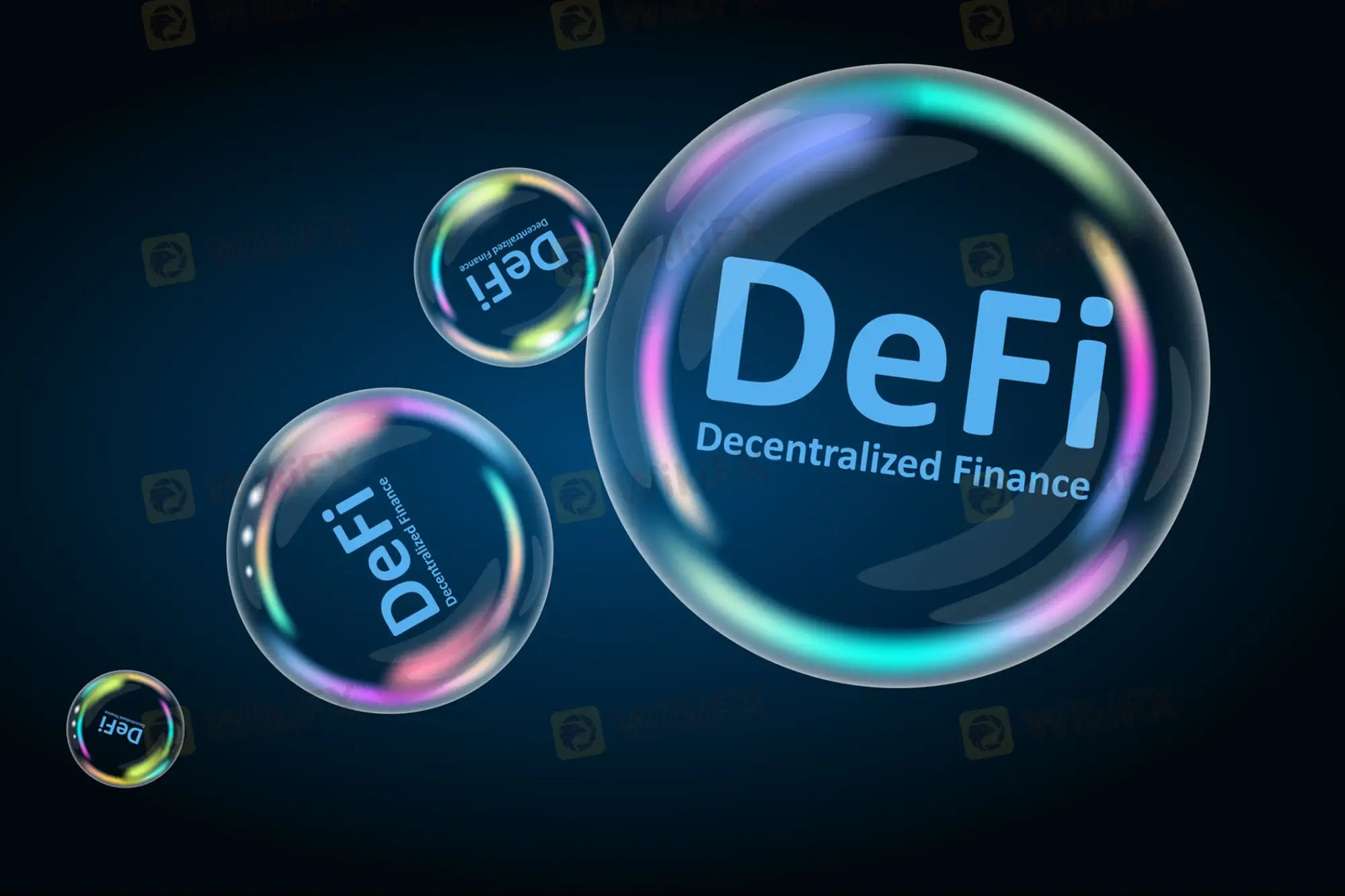简体中文
繁體中文
English
Pусский
日本語
ภาษาไทย
Tiếng Việt
Bahasa Indonesia
Español
हिन्दी
Filippiiniläinen
Français
Deutsch
Português
Türkçe
한국어
العربية
Can Avalanche keep it up? DeFi users rush in as incentives roll out
Abstract:The total value locked in Avalanche's DeFi ecosystem has swelled to $1.8 billion in the last month.

Can Avalanche keep it up? DeFi users rush in as incentives roll out
The total value locked in Avalanche's DeFi ecosystem has swelled to $1.8 billion in the last month. Here's why.
In an explosive move reminiscent of the growth of Binance Smart Chain (BSC) and Polygon earlier this year, the Avalanche blockchain is attracting a flood of new deposits into its decentralized finance (DeFi) ecosystem.
Despite the signs of strength, however, not all analysts are convinced the Ethereum competitor has staying power.
At the end of July, Avalanche‘s DeFi ecosystem accounted for just $180 million in total value locked (TVL) – a figure that has since ballooned 1,000% to over $1.8 billion at the time of writing. Likewise, Avalanche’s native token, AVAX, has rallied from $13.41 to a high of $55.42 earlier this week.
Money market Benqi is leading the way, cracking the $1 billion TVL threshold Tuesday – less than a week after its Aug. 19 launch. By comparison, Aave, among the first DeFi lending protocols when it launched in 2019, took more than eight months to reach the same mark on Ethereum.
, Ava Labs Director of DeFi Luigi Demeo said that a number of factors, including a revamped token bridge and a $180 million incentive program, are chief catalysts for the surge.
“Weve kind of seen all these things culminate at once, between the bridge, lending, a massive incentive program and a lot of things the team has been working on very deeply, heads down, for six months,” he said.
However, Mewny, a self-described “Internet Couch” and a pseudonymous member of the angel investing collective eGirl Capital, cautioned that the burgeoning ecosystem could be due for an eventual pullback.
“It could go one of two ways,” Mewny told CoinDesk, speaking to the roving horde of DeFi investors. “The [liquidity mining] incentives kickstart a flywheel effect around their ecosystem, or enthusiasm dries up and the hot ball of money moves to the next pot of honey.”
Incentives and catalysts
The timing of Avalanches emergence is something of a surprise, given that the layer 1 went live on mainnet in September 2020 and had a functioning (if clunky) bridge as early as February this year.
“The UX wasn‘t great,” Ava Labs’ Demeo said. “It was slower, more extensive… it was a temporary solution, frankly.”
Additionally, Demeo said that the ecosystem was missing “key infrastructure pieces,” including oracles, a faster bridge, a lending platform and stablecoin support.
oracles went live July 21, providing the pricing data infrastructure that allowed Benqis lending platform to launch. Money market Aave will soon be joining with $20 million in liquidity mining incentives; Curve, a protocol allowing for efficient stablecoin swaps, is also signing on with $7 million in AVAX liquidity mining rewards.
Demeo added that the new bridge provides free AVAX (for deposits above a certain amount) to pay for subsequent transactions.
While Demeo refers to Ethereum-native dapps such as Curve, Sushi and Aave deploying implementations on Avalanche as a “validation of the technology,” eGirl‘s Mewny says other layer 1s paved the way for Avalanche’s success.
“I think BSC and Polygon set the stage for this current AVAX run. The relationship between the [liquidity mining] incentives that dropped and the rapid TVL that bridged is obviously no coincidence,” they said, adding:
While I think the tech is interesting and this isnt a negative comment on its technical merits, many people saw the green light to capture the gains that were seen with the aforementioned platforms. As money trickles in to play the casino yield farms and/or long the same basic DeFi primitives but on a new platform, the same playbook is possible (yet again).
Future developments
Demeo argues that Avalanche has built-in technical advantages that will allow it to compete in the long term, including a unique consensus mechanism and architecture.
“A key fundamental decision was to allow for multiple subchains, which should let AVAX easily integrate any virtual machine or smart-contracting language,” he said. “This should be a competitive advantage for long-term sustainability [allowing] AVAX to pivot easily to capture different devs.”
Additionally, Demeo said the $180 million Avalanche Rush program is currently tailored to users. Over time, the money could be used to incentivize developers to build more platforms on Avalanche. He said a user base is a necessary first step.

Disclaimer:
The views in this article only represent the author's personal views, and do not constitute investment advice on this platform. This platform does not guarantee the accuracy, completeness and timeliness of the information in the article, and will not be liable for any loss caused by the use of or reliance on the information in the article.
WikiFX Broker
Latest News
eToro Adds ADX Stocks to Platform for Global Investors
Why Do You Keep Blowing Accounts or Making Losses?
B2BROKER Launches PrimeXM XCore Support for Brokers
Germany's Election: Immigration, Economy & Political Tensions Take Centre Stage
WikiFX Review: Is IVY Markets Reliable?
Checkout FCA Warning List of 21 FEB 2025
Google Bitcoin Integration: A Game-Changer or Risky Move?
IG 2025 Most Comprehensive Review
Why Should Women Join FX Market?
ED Exposed US Warned Crypto Scam ”Bit Connect”
Currency Calculator






